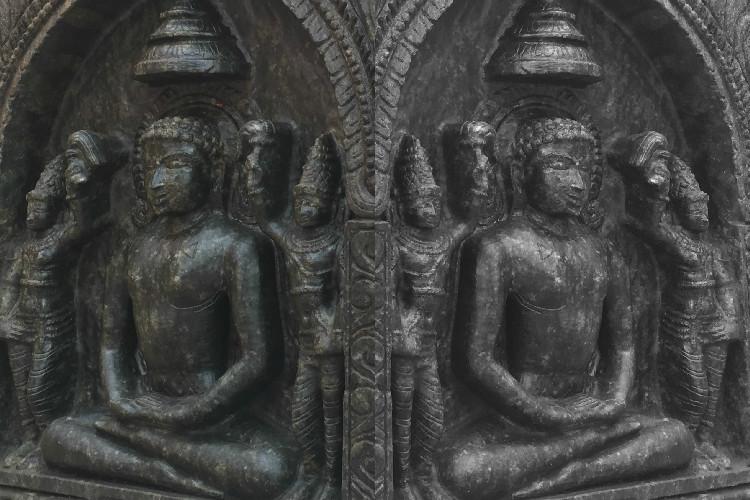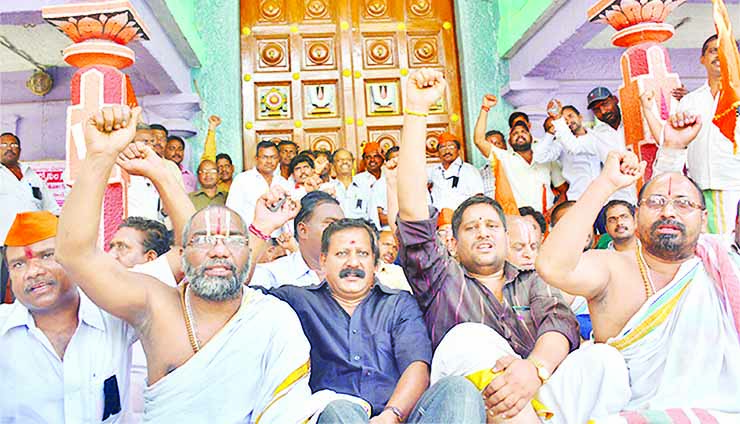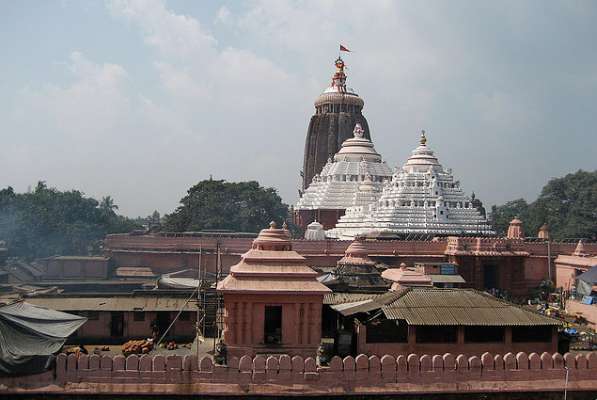250-year-old temple in Bengal village faces wrath of a river, administration sleeps | Hindustan Times
In West Bengal’s Murshidabad district, a river that is fast eroding its banks may soon wipe out a priceless part of history. It is the famous ‘Char Bangla’ temple dedicated to Shiva by a Hindu queen more than 250 years ago. The administration is aware of the situation and local people are praying for a miracle. The temple is a famous tourist destination and finds mention in tripadvisor.in and goibibo.com.
Rani Bhabani, the queen of Nator, a province that became part of Bangladesh post 1947, had built some exquisite terracotta temples in Murshidabad. The district incidentally was the capital of undivided Bengal, Bihar and Orissa till the British East India Company defeated Siraj ud-Daula, the last independent ruler of the state, in the Battle of Plassey in 1757. The Char Bangla Mandir was the most unique among the temples the queen had built.

Situated at Baranagar in the district’s Azimgunj area, the temple may soon be sucked away by the choppy waters of the Bhagirathi river, local people fear. When the temple was built around 1760 the river used to flow at least a kilometre away. But the Bhagirathi changed its course several times and eroded its banks, destroying life, property and farmland. Today, the temple is barely 10 feet away and its boundary wall has already been damaged by the river.
Historians say that Rani Bhabani ruled over such a vast area that she used to be addressed as ‘Ardha Bangeshwar’ (lord of half of Bengal). Historians also believe that after the death of her husband she became a devotee of Shiva and constructed several temples dedicated to the god of destruction. After she died, her daughter used to offer prayer at the temples in Baranagar.
Secretary of Murshidabad Zilla Itihas O Sanskriti Charcha Kendra, Arindam Roy said, “One can find several ‘Ek Bangla’ or ‘Jor Bangla’ temples in Bengal but there is no other ‘Char Bangla’ temple.” The temples are famous for their exquisite terracotta sculptures that depict either daily village life or tales from Hindu mythology. The terms Ek Bangla, Jor Bangla and Char Bangla indicate the number of structures that were built in the form of a typical Bengal village. Char (four in Bengali) means there are four houses.

“Terracotta originated in the Bankura district of Bengal and became famous across the country. Most people are not even aware that the temples at Baranagar are the finest examples of terracotta art,” said Roy. “The Char Bangla temple is part of India’s history. Thousands of people come here every year,” he added.
The Bhagirathi started eroding its banks at Baranagar a few years ago. The river has already washed away many homes and several hectors of land. Yet, nothing has been done to save the Char Bangla temple. “The Archaeological Survey of India (ASI) is the custodian of the temple. We informed the ASI about the erosion a year ago,” said Roy.











